On Saturday I arrived back in Alice Springs after a few days away in Melbourne to find the town soaked through and a steady rain falling.
The rain is just starting to clear up so I’ve just now had my first opportunity to get out into some dry(ish) air and catch up with a few of the many Moth larvae that have emerged over the past week or so and are busy crawling around the trees in my front yard in search of a feed.
I know next to nothing about the order Lepidoptera – Moths and Butterflies – other than to admire their seemingly endless variety and beauty. Most of the specimens I found in my front yard this morning are what are generally – and for fairly obvious reasons – referred to as “hairy caterpillars“.
“Lepidoptera” means ‘scaly wings’ and the main characteristics of Butterflies and Moths include having two pairs of membranous wings covered in overlapping tiny scales which overlap like shingles on a roof. They also have large compound eyes, antennae that are long and slender in female moths and usually feathery in male moths.
One point of distinction between Moths and Butterflies is that the latter have “clubbed” antennae. Moths and Butterflies have mouthparts that consist of a sucking tube known as a haustellum. Both Moth and Butterfly larvae are referred to as caterpillars and have a head with chewing mouthparts and three pairs of thoracic legs and often have short, unsegmented prolegs on the abdomen.
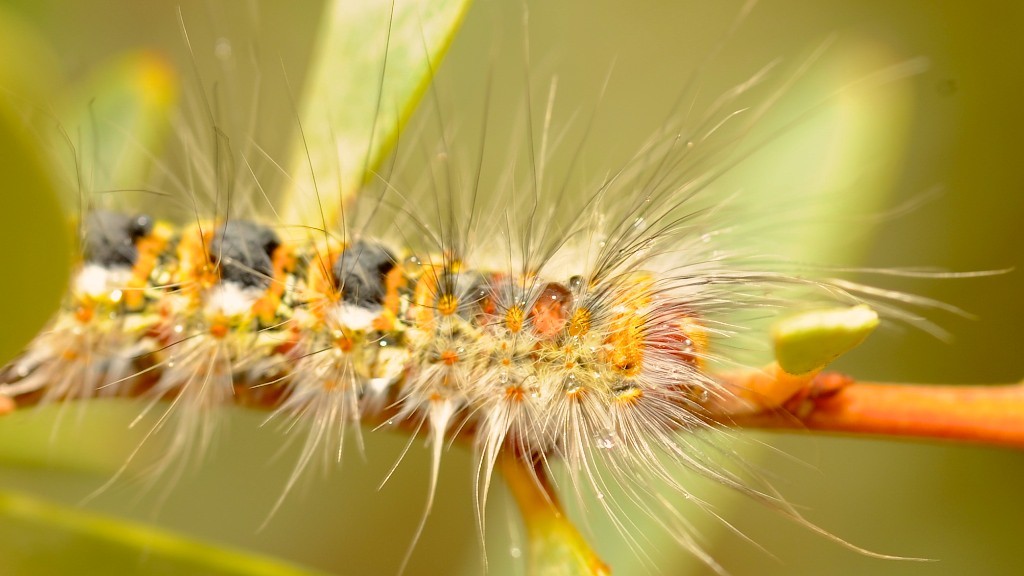
There was still a light rain falling while I was taking some of these shots – hence the odd drop of water lurking in the many fine hairs and on the body of this specimen.
An easy way to tell if you have a Moth or a Butterfly in your hand? Butterflies are just day-flying moths. Butterflies have clubbed antennae and the habit of holding their wings vertically when at rest whereas moths sit with their wings flat. Some day-flying moths are brightly coloured and may be mistaken for butterflies. (thanks to the CSIRO page on Lepidoptera: moths and butterflies)
You can also find out more about the fascinating world of the Lepidoptera in the excellent CSIRO book A Guide to Australian Moths, by Paul Zborowski and Ted Edwards.
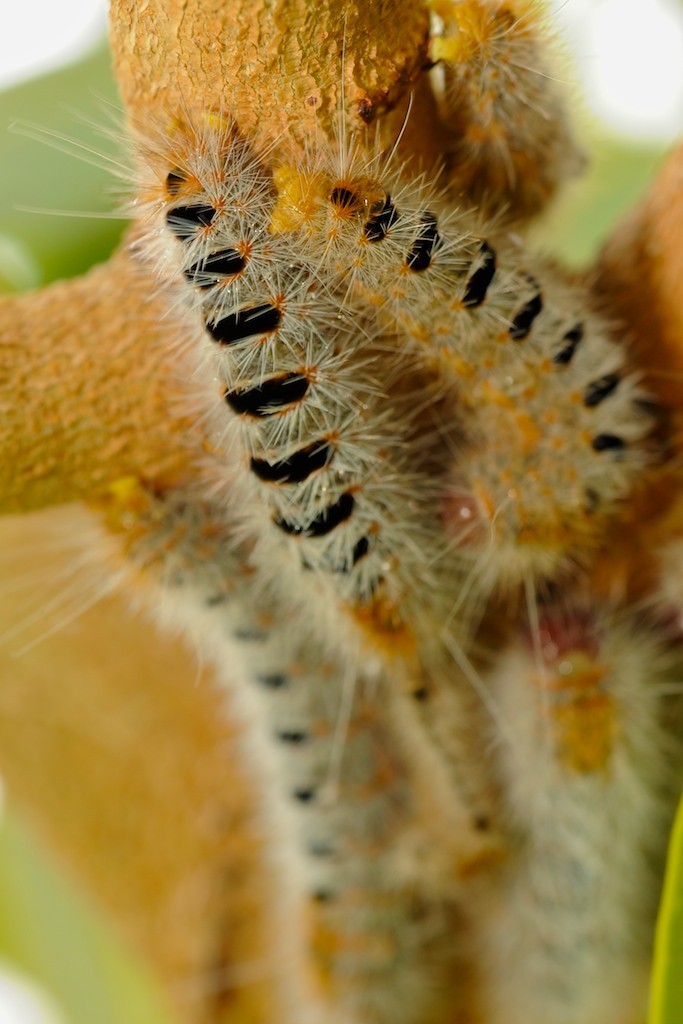
If you have your own stories about the emergence of these creatures or if you have any clues as to the identity of the moth species that these beautiful creatures will soon be transformed into, please register and leave a comment.
UPDATE: Louise Yaxley of the ABC has kindly reminded me of the significance of what is commonly called “Yeperenye” in this part of the world.
Well spotted LY and my mistake for not incorporating this into my piece!
Hopefully I can make amends now!
The home page for the local Yeperenye shopping mall in Alice Springs notes that “”Yeperenye” is the Arrernte word from the caterpillar dreaming of Alice Springs and is the name of one of the caterpillars sacred to the Arrernte people.”
I’m lucky enough to have a copy of the very useful “Eastern & Central Arrernte to English Dictionary” (Henderson & Dobson, IAD 1994) which has a number of references to caterpillars, including the following entry:
“Ayepe-arenye – a type of caterpillar that lives on the tar-vine [ayepe]…The ayepe-arenye caperpillar is one of the main dreamings for the Alice Springs town area.
The school, shopping centre and hostel with this name in Alice Springs are all named after this dreaming (although the word is spelled slightly differently in each one).”
Here is the Arrernte dictionary language entry for ayepe-arenye:
Tyape ayepe-arenye ayepeke-arleke inemele.
Arrwekelenyele utnhetyarte ayepe arlkwerlenge inemele, ahelheke arrernemele atneltyele ahelhe iperte-werle atheke.
Ikwerenge arrernemele ure alpmanthele atyerremele. Tyerremale-iperrre teke-iwemele antyerrke-irretyeke, uneke atherrele apeke urrpetyele apeke, awethe ulkere apeke.
Arrpenhemeele-arlke anthemele arlkwetyeke.
And here is the Arrernte to English translation:
You get Ayepe-arenye caterpillars on the tar-vine.
People before used to gather them while the caterpillars were eating the plant.
They would put the ayepe-arenye on the ground and squeeze the guts out into a little hole, and then cook the caterpillars in hot soil.
Then they would get them out and leave them in the sun for two or three days to dry.
Then they’d share them around and eat them.

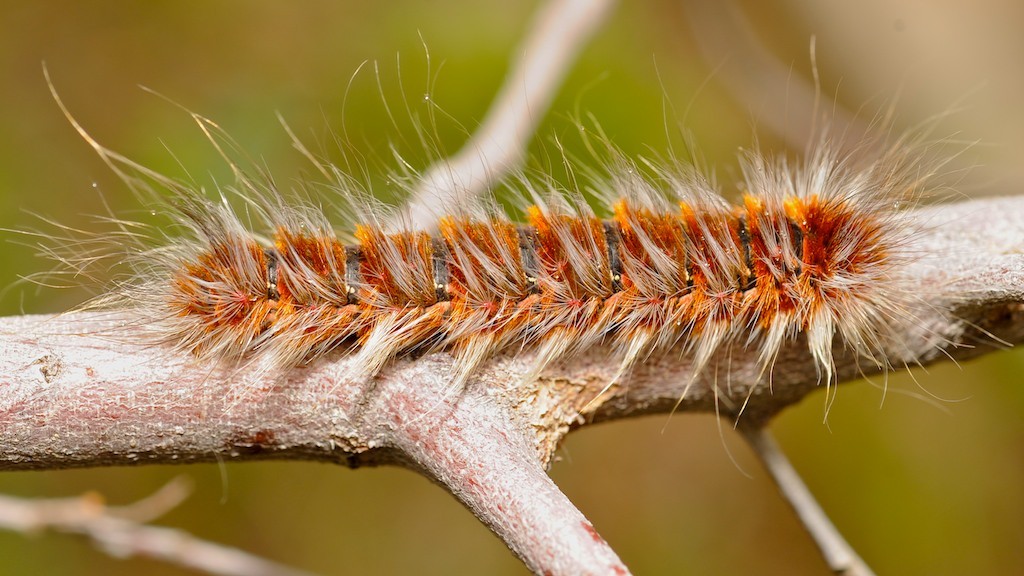
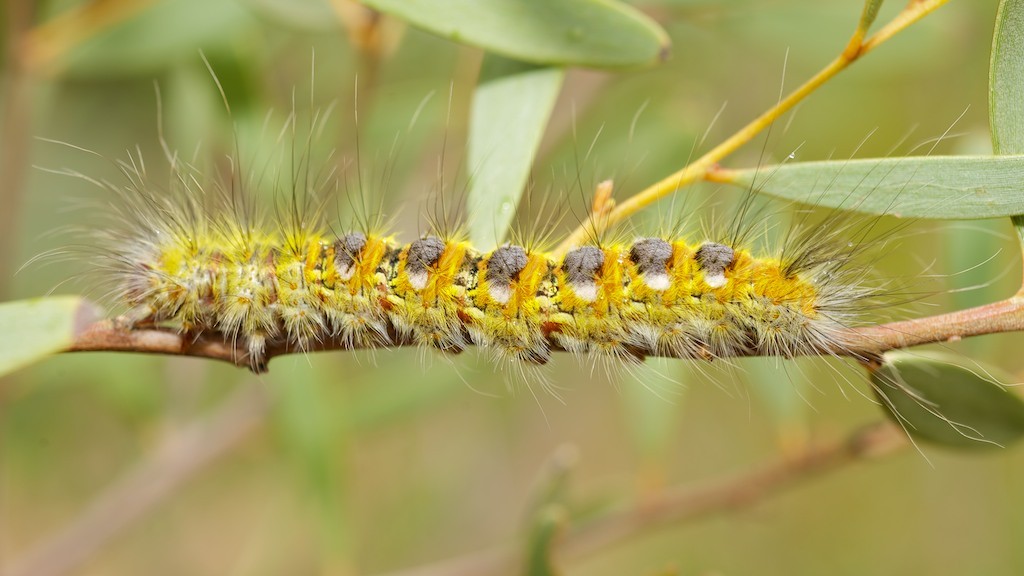
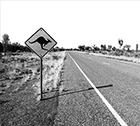






Crikey is committed to hosting lively discussions. Help us keep the conversation useful, interesting and welcoming. We aim to publish comments quickly in the interest of promoting robust conversation, but we’re a small team and we deploy filters to protect against legal risk. Occasionally your comment may be held up while we review, but we’re working as fast as we can to keep the conversation rolling.
The Crikey comment section is members-only content. Please subscribe to leave a comment.
The Crikey comment section is members-only content. Please login to leave a comment.